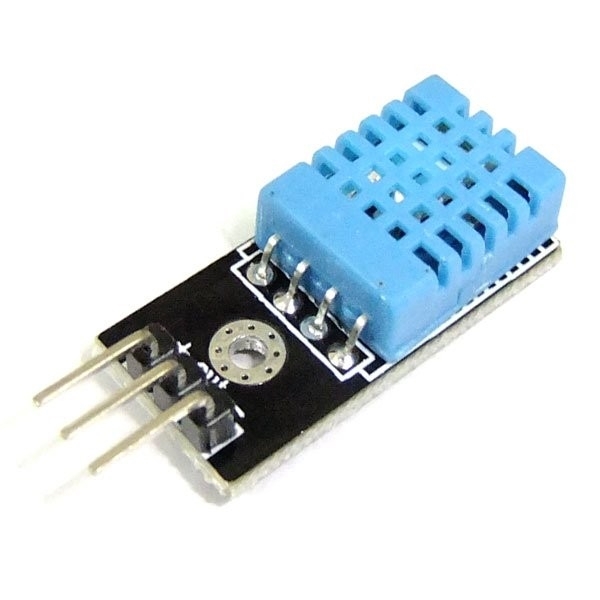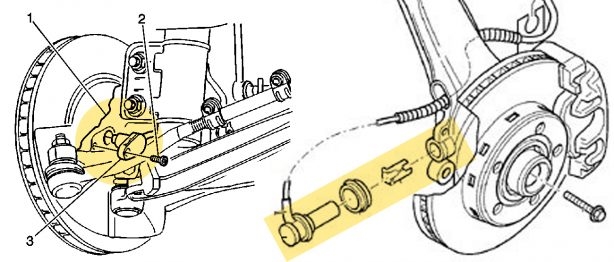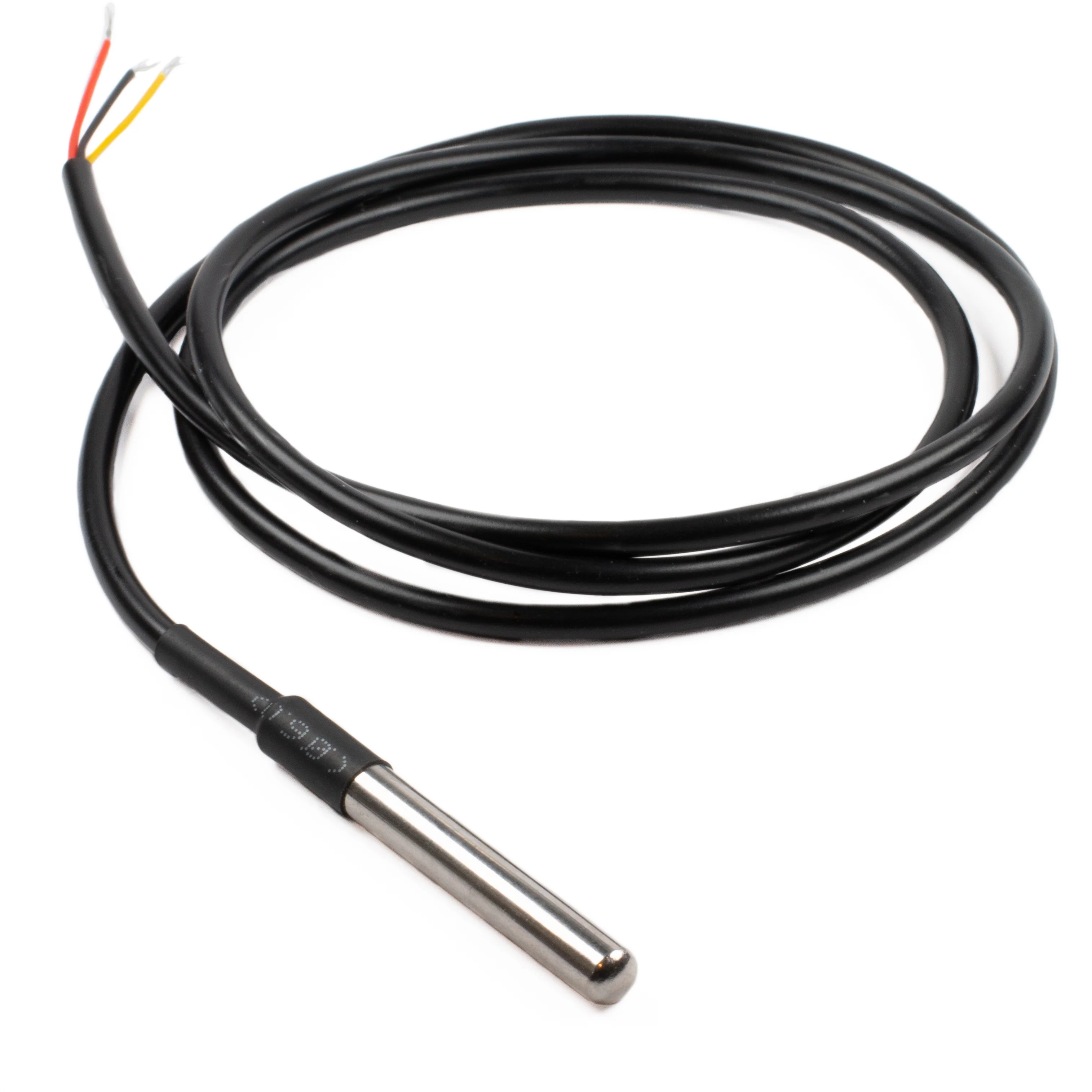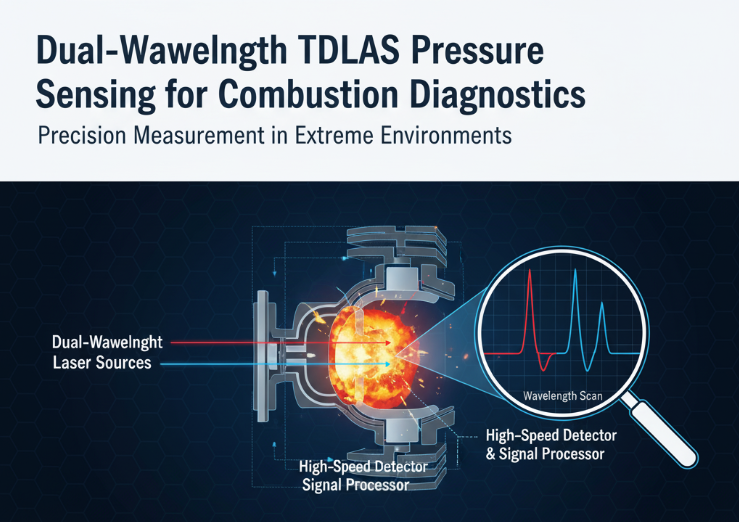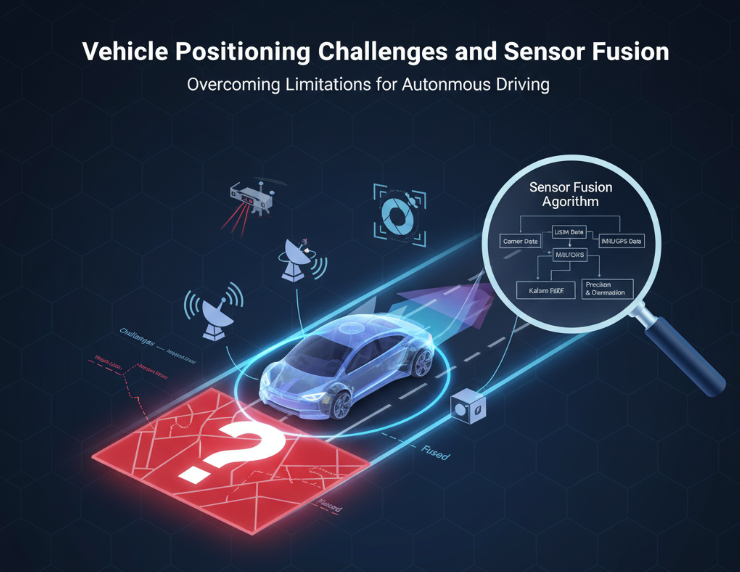Overview
As regulatory requirements and safety ratings increasingly demand advanced active safety functions, vehicle safety has become an essential characteristic. Automakers are expanding advanced driver assistance system (ADAS) capabilities such as automatic emergency braking (AEB), adaptive cruise control (ACC), and enhanced lane centering to meet these requirements and support higher levels of automated driving. To enable these functions and satisfy safety regulations, the number of radar sensors around vehicles is increasing.
From Edge to Satellite Architecture
One approach for ADAS system designers is to reconsider the electronics architecture and integration. A typical current approach is an edge architecture composed of intelligent radar sensors that stream processed data to an ADAS electronic control unit (ECU) over CAN or 100 Mb Ethernet. These sensors are optimized for high performance and include a processor, a dedicated accelerator for range, Doppler, and angle FFTs, and follow-on algorithms for object detection, classification, and tracking. Final object reports from each edge radar are then sent to the ADAS ECU.
The edge model is evolving toward a satellite architecture, in which sensing heads distributed around the vehicle stream preprocessed range FFT data to a powerful central ECU over high-speed 1 Gbps Ethernet. Much of the data processing shifts to the central ECU. Unlike the edge approach, where each radar performs most processing locally, the satellite architecture enables centralized processing using minimally processed data.
Benefits of Centralized Processing
Centralized processing enables more effective sensor fusion algorithms and more accurate decision making. Original equipment manufacturers (OEMs) can deploy algorithms that improve angular resolution through distributed aperture radar, increase maximum measurable speed, or apply machine learning models for object classification. Fusing sensor inputs with these algorithms improves detection performance and produces a more precise situational awareness map, which supports higher levels of autonomy and enhances occupant safety.
Satellite radar sensors also support system scalability and modularity. Placing sensors in more convenient locations around the vehicle enables a wider range of ADAS applications. Adjusting coverage is possible by changing the number or configuration of sensors, allowing a single platform to scale from cost-sensitive, entry-level vehicles to higher-tier vehicles with differentiated autonomy capabilities.
TI AWR2544: Key Features
Texas Instruments designed the AWR2544 radar-on-chip specifically for satellite architectures. The device integrates a 77 GHz transceiver with four transmitters and four receivers to deliver extended range and improved performance. It includes a cost-optimized radar processing accelerator and a higher-throughput 1 Gbps Ethernet interface for generating and streaming range FFT compressed data. The device is compliant with automotive safety integrity level B (ASIL B) and supports a secure execution environment via a hardware security module (HSM).
LOP Packaging and Antenna Integration
The device is available in a package employing TI's LOP technology, which routes signals through waveguides in the printed circuit board to a 3D antenna. This approach can improve signal-to-noise ratio, simplify thermal management, reduce cost by avoiding expensive RF PCB materials, and increase design flexibility by enabling PCB reuse across multiple sensor designs. An evaluation module using AWR2544 with a 3D waveguide antenna demonstrates this packaging approach.
System-Level Integration
TI also provides compatible safety-enhanced and optimized power-management integrated circuits to simplify system implementation. For example, the LP87725-Q1 integrates three low-noise buck converters, a low-dropout regulator, and a load switch to power AWR2544-based satellite sensors along with the Ethernet physical layer.
Conclusion
As ADAS requirements and autonomy levels advance, detection and processing technologies must evolve to support new architectures such as the satellite model. Devices like the AWR2544 enable system designers to adopt these trends while supporting the development of safer and more capable vehicles.
 ALLPCB
ALLPCB


